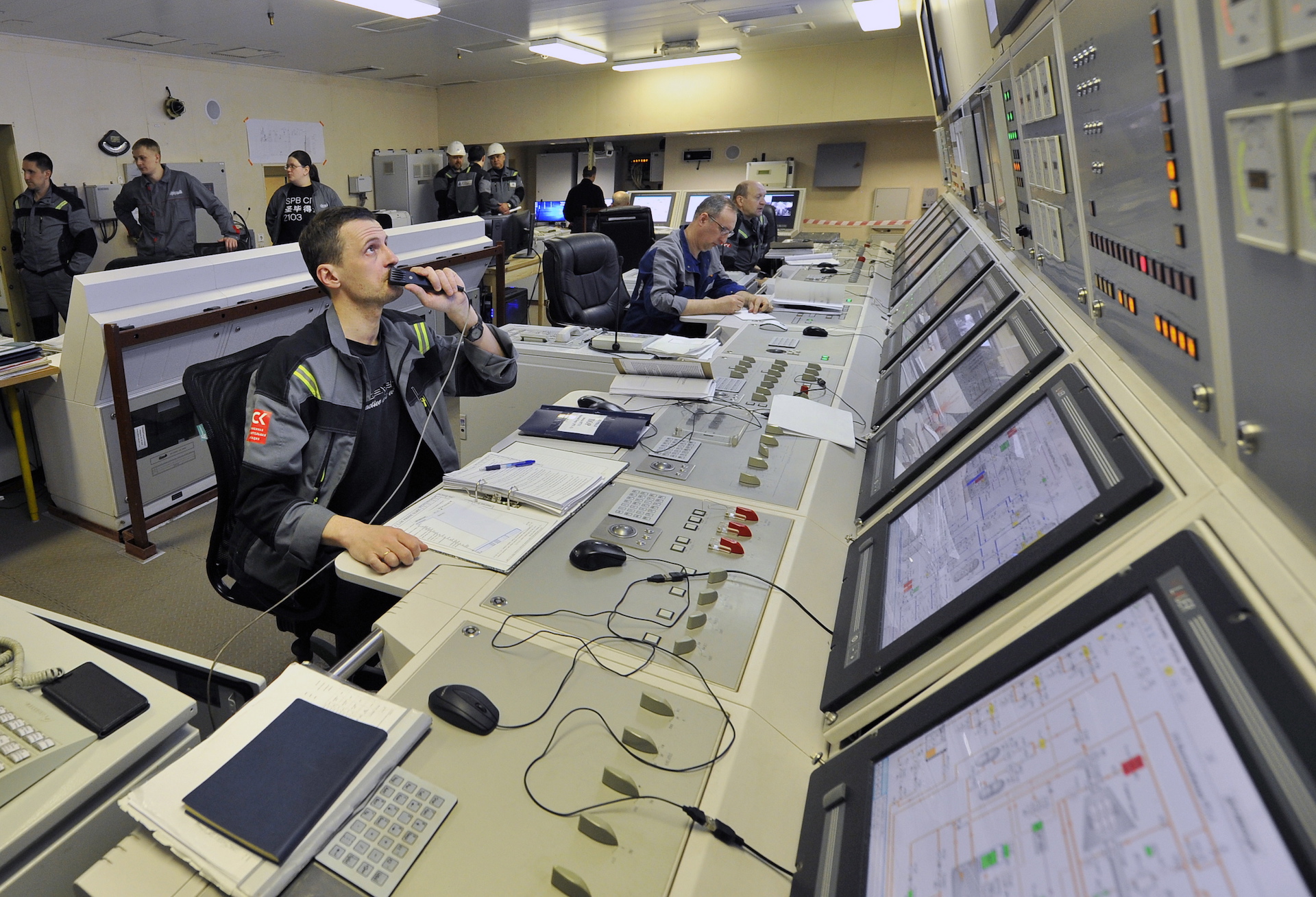Russia’s ‘Nuclear Titanic’ Floating Power Plant Is Setting Sail Toward Alaska. Here’s What to Expect.
Credit to Author: Greg Walters| Date: Thu, 22 Aug 2019 18:42:06 +0000
Russia’s far-northern floating nuclear power plant, dubbed “Chernobyl on Ice,” will begin a 3,000-mile journey along the country’s Arctic coastline in the direction of Alaska on Friday.
And that’s making plenty of folks nervous, especially in the wake of other recent deadly accidents in Russia’s northern waters involving experimental nuclear hardware.
The floating nuclear power station, Akademik Lomonosov, will cast off for some of the world’s most treacherous and remote waters, where massive icebergs roam and frigid storms flash and surge.
The trip begins just as western nuclear experts are asking whether Russia tried to cover up key facts about a deadly explosion earlier this month, widely believed to have involved a prototype “Skyfall” cruise missile powered by an on-board nuclear engine.
READ: Everything We Know About Russia’s Nuclear “Skyfall” Missile and That Mysterious Explosion
The incident is putting a harsh spotlight on Russia’s nuclear safety practices at a moment when its controversial floating nuclear barge gets underway.
“This project is quite high risk,” said Oskar Njaa of the Bellona Foundation, a Norwegian nonprofit environmental and nuclear watchdog group. “We’ve been skeptical from the very start.”
‘Nuclear Titanic’
Russia has been working on the floating nuclear power plant for a decade, and plans to use its’ two onboard reactors to provide electricity to remote oil, gas and mining operations in Russia’s far-eastern Chukotka region.
That’s the part of Russia former Alaska governor Sarah Palin once boasted is close enough to be seen from her state. The barge will initially be stationed in Pevek, about 600 miles from Wales, Alaska, the westernmost town in the mainland U.S.
The floating power plant reportedly boasts a gym, swimming pool and bar for its more than 300 staff.
But Russian officials’ hyperbolic boasting about the supposed air-tight safety of the project has done little to quiet environmentalists’ concerns.
Russia’s nuclear monopoly, Rosatom, has bragged that the nuclear barge has a “great margin of safety that exceeds all possible threats,” and that the “nuclear reactors [are] invincible for tsunamis and other natural disasters.”
Environmental group Greenpeace has fired back that the project is a “nuclear Titanic” and a “disaster waiting to happen.”

In just one possible nightmare scenario, a massive storm could potentially beach the ship onshore, cutting off access to water used as coolant, pointed out Njaa.
That would leave the plant with potentially less than 24 hours of coolant for the reactors, putting first-responders in a race against the clock to stop a nuclear meltdown in one of the most forbidding regions on the planet.
Alternatively, if the ship were to sink, submerging fuel rods in seawater could set off an explosion that sends radioactive isotopes flying into the atmosphere, contaminating local sea life for years to come, according to Greenpeace.
Any cleanup effort in the dead of Chukotka’s formidable winter would have to contend with average daily lows below -10 degrees Fahrenheit and round-the-clock darkness.
Other accidents
Other recent deadly mistakes in Russia have raised concerns about Russian officials’ transparency and responsiveness when it comes to nuclear mishaps.
Almost two-dozen Russians have died in Russia’s far northern waters in accidents involving high-tech nuclear hardware in just the past two months.
In early July, a fire onboard the secretive nuclear-powered spy submarine, Losharik, killed 14 crew members from inhaling smoke and toxic fumes.
Before they died, those sailors helped avert a “planetary catastrophe” on their nuclear sub, Captain Sergei Pavlov, an aide to the commander of Russia’s navy, said at their funeral. He didn’t explain exactly what he meant.
On Aug. 8, an explosion involving a nuclear propulsion engine at an offshore test site killed seven people, blasting researchers into the water and causing radiation readings to briefly spike in the local city of Severodvinsk (pop. 185,000).
That incident is widely believed to be related to Russia’s “Skyfall” missile program, which aims to field a cruise missile with effectively limitless range thanks to an onboard nuclear-powered engine.
And after the blast, Russia stopped transmitting data from radionuclide monitoring stations to the international Comprehensive Nuclear-Test-Ban Treaty Organization, or CTBTO, which was established to monitor nuclear explosions.
Events like these have raised concerns among international nuclear observers that when it comes to nuclear safety, Russia may be carrying on in the tradition of the massive Chernobyl nuclear disaster of the 1980s, when Soviet officials attempted to cover up a meltdown until it got so bad they could no longer keep it under wraps.
“The way the Russian government and military have handled this is insufficient and incompetent,” said Dylan Kimball, executive director of the Arms Control Association in Washington DC, referring to the Aug. 8 explosion. “Russia has a long, long history of putting national security above public health when it comes to nuclear programs.”
Cover: Floating power unit (FPU) Akademik Lomonosov is being towed to Atomflot moorage of the Russian northern port city of Murmansk on May 19, 2018. Akademik Lomonosov, the worlds only nuclear floating power plant, has arrived to the port of Murmansk for being loaded with nuclear fuel before heading to eastern Siberia. (Photo credit should read ALEXANDER NEMENOV/AFP/Getty Images)
This article originally appeared on VICE US.